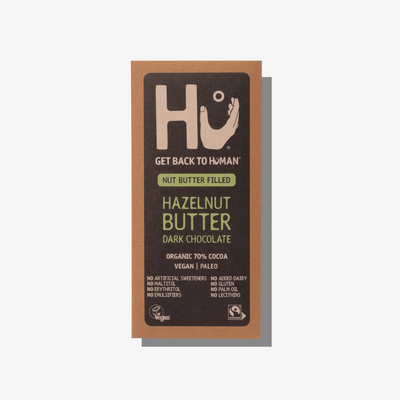Flexibility is an important component of physical fitness that has many positive effects on the body. Having many health benefits such as fewer injuries, improved posture and balance, greater strength, and improved physical performance. Yoga blocks are a great tool to help increase your flexibility.
What are yoga blocks and How do they increase flexibility?
Yoga blocks are one of the most popular yoga props to use. Typically made out of one of three materials: wood, cork, and foam, the block is usually used as an extension of the arms and supports the back, head, and hips to help the body settle into a pose. The main purpose of a yoga block is to help stabilise yoga poses as well as making them more accessible for different abilities and body types. Additionally yoga blocks deepen your pose or stretch and add stability for different poses.
4 Different way to use Yoga Blocks
1. Triangle Pose is a great pose to improve your alignment. Adding a block to this pose adds more stability and helps bring focus to your upper body positioning.
- Start in Mountain Pose and step your feet out wide.
- Place a yoga block by your left foot, close to the heel.
- Reach your arms up overhead, and gently float your left arm down to rest on the block, lifting through your chest and extending towards the sky.
- Adjust the block’s height based on your needs so you are in proper alignment and still feeling a good stretch.
2. Standing Forward Fold is a great way to stretch your back and improve flexibility in your hamstrings. Using blocks gives control over how deep you fold.
- Start in Mountain Pose, and place two blocks in front of your feet.
- Fold at your hips towards the ground and allow your hands to come to rest on the yoga blocks.
- Keeping the yoga blocks farther away allows you more control for a milder stretch, while pulling them closer towards your feet will provide a deeper stretch in your hamstrings and hips.
3. Downward Facing Dog stretches and widens the hamstrings, the calves, and the Achilles tendon. Using blocks elevates your upper body and takes pressure off your wrists, balancing your body weight.
- Start on all fours, with wrists inline with shoulders and toes tucked. Grab two blocks and place them underneath your hands.
- Push your hips up and back, straightening your legs.
- Engage your arms, core, and legs.
- Press through your heels, and “pedal” your feet back and forth if you feel tight.
4. Child’s Pose helps to stretch your back and muscles around your hips. Adding blocks helps to open up and stretch the front of the shoulders, chest, lats, and triceps.
- Begin on the floor in a tabletop position. Place two blocks shoulder-width distance apart at the top of your mat.
- Taking your knees out wide, sit your hips back onto your heels and walk your hands forward to lower your chest down.
- Place your hands on the blocks. Let your forehead rest down on your mat.
Conclusion
Incorporating a simple tool such as Yoga Blocks into your everyday routine can make a huge positive impact on your health. Doing simple poses with blocks will tremendously help to build strength, flexibility, and improve your alignment. Browse our different options of yoga blocks and increase your flexibility today!
















